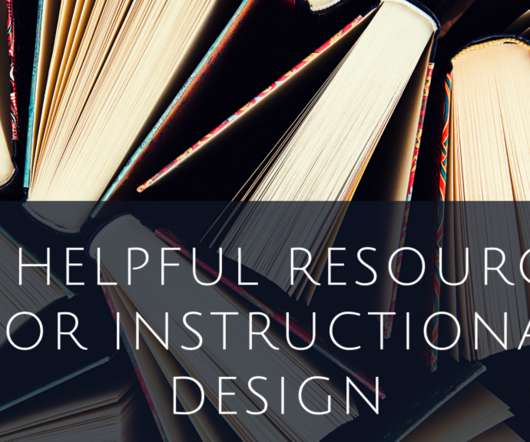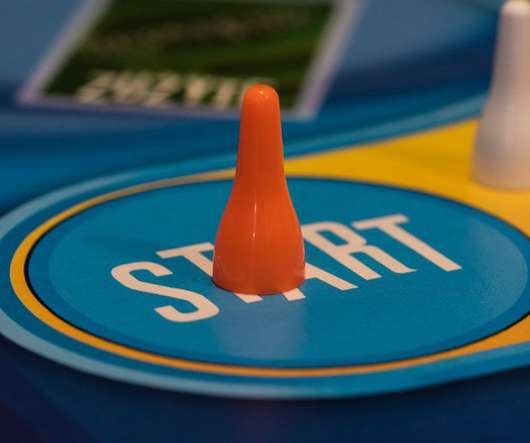Theories for the digital age: Self regulated learning
Learning with e's
OCTOBER 29, 2012
In many ways, heutagogy is aligned to other digital age theories, in that it places an importance on ‘learning to learn’, and the sharing rather than hoarding of that knowledge. This is an excerpt from a forthcoming publication entitled: Personal Technologies in Education: Issues, Theories and Debates] References Beishuizen, J.









































Let's personalize your content